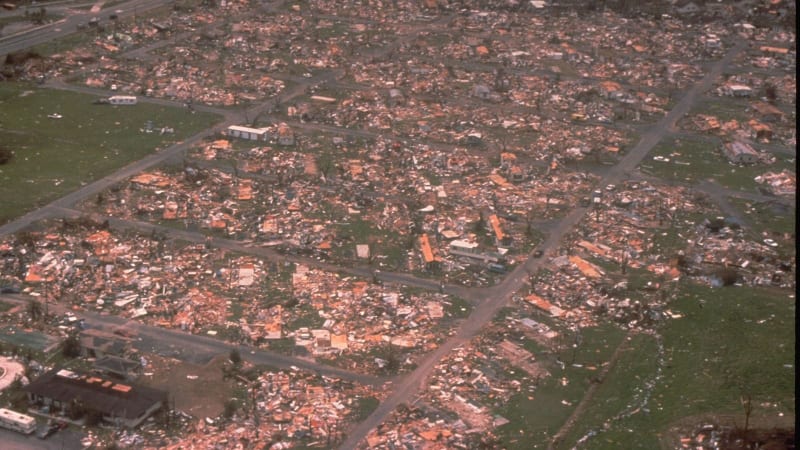Hello! I am designing the anchoring system of a pre-manufactured home. This is located in the Florida Keys. The manufacturer shared the foundation loads, and as you imagined the anchors need to be designed for uplift and shear. The building is two-story high and is elevated 10' above the ground. Building is 15' wide by 45' long. Per the manufacturer's foundation loading, I have 17kips uplift (0.6WL) and 11 kips lateral (0.6WL) at my governing pier. The piers are 16x16 reinf. conc. The GC sent me a set of plans for a similar structure (same location). The engineer used a 4"x1/4" L-shape flat bar embedded in the concrete 10" and use bolts to connect the bar to the base of the house. I see that being effective for uplift; however, I dont understand how that flat bar be effective for the lateral reactions due to wind. Apparently this is a typical construction detail for this type of houses. I am not sure if I am overthinking this or if I am missing something. I understand the column drifting would dissipate some of that lateral force, which would make that lateral reaction go down some. I am not sure how much, though. Any help would be greatly appreciated. Thanks!
Tek-Tips is the largest IT community on the Internet today!
Members share and learn making Tek-Tips Forums the best source of peer-reviewed technical information on the Internet!
-
Congratulations TugboatEng on being selected by the Eng-Tips community for having the most helpful posts in the forums last week. Way to Go!
Anchoring Pre-Manufactured Home to Concrete Piers
- Thread starter rmartinat
- Start date

